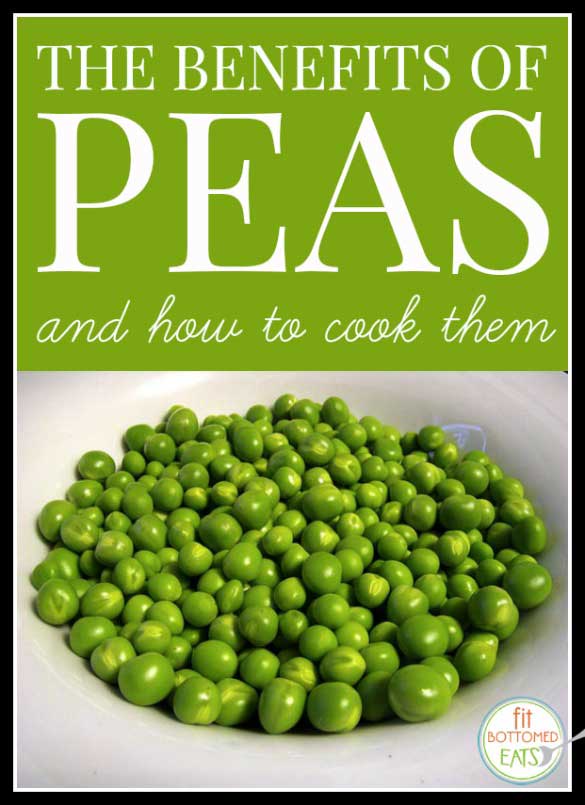In Season for May: Those Delightful Spring Peas
It’s May, and you know what that means…another In Season pick from Linda LaRue.
If you’ve always considered green peas as a “starchy vegetable” with little nutrition, it may be time reconsider. Peas in the pod are a crunchy, healthy snack. One cup of peas has just 41 calories and is packed with vitamins, minerals and fiber.
Green peas are loaded with antioxidants and anti-inflammatory nutrients. Green peas provide the flavonoid antioxidants catechin and epicatechin. In the carotenoid category, they have alpha-carotene and beta-carotene. Their phenolic acids include ferulic and caffeic acid. Their polyphenols include coumestrol. (A recent Mexico City-based study found that coumestrol significantly lowers the risk of stomach cancer.) Pisumsaponins I and II and pisomosides A and B are anti-inflammatory phytonutrients found almost exclusively in peas. Antioxidant vitamins provided by green peas include vitamin C (one cup provides 98 percent of a daily recommended dose) and vitamin E. A good amount of zinc is also found in this little green pearl. Recent research has shown that green peas are a rich source of omega-3 fat in the form of alpha-linolenic acid (ALA).
Peas are chock full of fiber, too! One cup of peas provide 10 percent of your daily recommended intake of fiber or 2.5 grams. Peas have some plant protein—2.7 grams or 5 percent—of your recommended daily amount of protein. Thirty of the 41 calories per cup are carbs, with the remaining 1.5 calories of fat in the form of omega-3 and omega-6 fatty acids.
Green peas are an environmentally friendly food as well. Agricultural research has shown that pea crops provide the soil with important benefits. Peas belong to a category called “nitrogen-fixing” crops. With the help of bacteria in the soil, peas take nitrogen gas from the air and convert it into more complex and usable forms. This process increases nitrogen available in the soil without the need for added fertilizer. Peas also lower the risk of pest problems.
Types of Spring Peas
English Peas: English peas or garden peas are the garden-variety peas you can sometimes buy freshly shelled or in full pods ready for shelling, frozen or canned. Because the sugars in garden peas change to starch so rapidly, fresh English peas should be eaten as soon as they are picked, which is why I only buy fresh peas from my local farmers’ market or at roadside vegetable stands.
Snow Peas: Snow peas, also known as sugar peas, are very sweet edible flat pea pods harvested when the pods are full length but the peas inside are barely visible. Unlike fresh garden peas, snow pea pods do not deteriorate quickly. Pea pods will keep well stored in a plastic bag in the refrigerator for up to two weeks. They are very popular in Asian dishes and wonderful steamed—just make sure not to overcook them.
Sugar Snap Peas: Much like green beans, the pods of sugar snap peas are ready to eat when they start to fill out. Both peas and pods should be tender, sweet and juicy. You should hear a crisp snap when you break a pod in two. Sugar snap peas are delicious when lightly steamed. But as with English peas, they also have a short shelf life!
How to Buy, Store and Use Spring Peas
How to buy: Fresh English peas should have bright green pods and a fresh, sweet flavor. Choose those that swell with their contents. Avoid peas that rattle in their shell, as this is an indication that they have dried out. Choose sugar snap peas with firm, crisp pods. Snow peas should be crisp, bright green and have small seeds. Choose fresh, bright-looking sprouts and tendrils that aren’t wilted or yellow.
How to store: Keep English peas unwashed (moisture accelerates decay), sugar snaps and snow peas in the coolest part of the fridge, wrapped tightly in plastic. Wrap sprouts and tendrils in plastic with a little air trapped inside. For maximum sweetness they should be eaten as soon as possible (the sugars begin converting to starch the minute they’re picked). Eat peas, sugar snaps, sprouts and tendrils within four days from purchase.
How to cook:
- Garden peas should be shelled and blanched in boiling water just until they turn bright green (1 to 2 minutes).
- In a pinch, use frozen peas. If you can’t find good fresh peas, use frozen peas as a substitute. They’re usually picked when they’re young and tender and immediately flash-frozen, which preserves their sweetness. Typically, you can use frozen peas in most fresh pea recipes.
- When buying fresh peas, one pound of peas in their pods yields about six ounces (one cup) of shelled peas.
So that’s your In-Season guide to spring peas! Be sure to come back tomorrow for my Spring Pea and Asparagus Salad recipe. You can use peas that are fresh or frozen! —Linda

